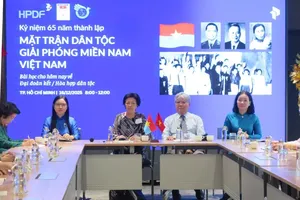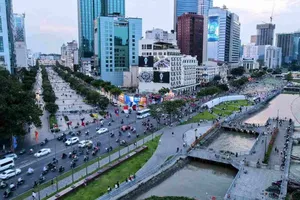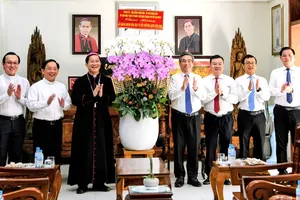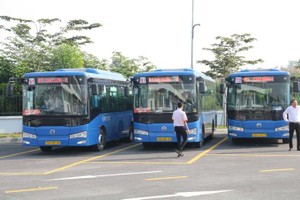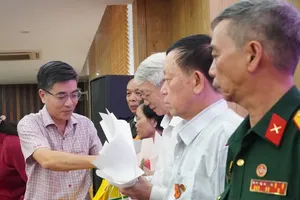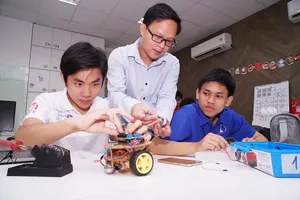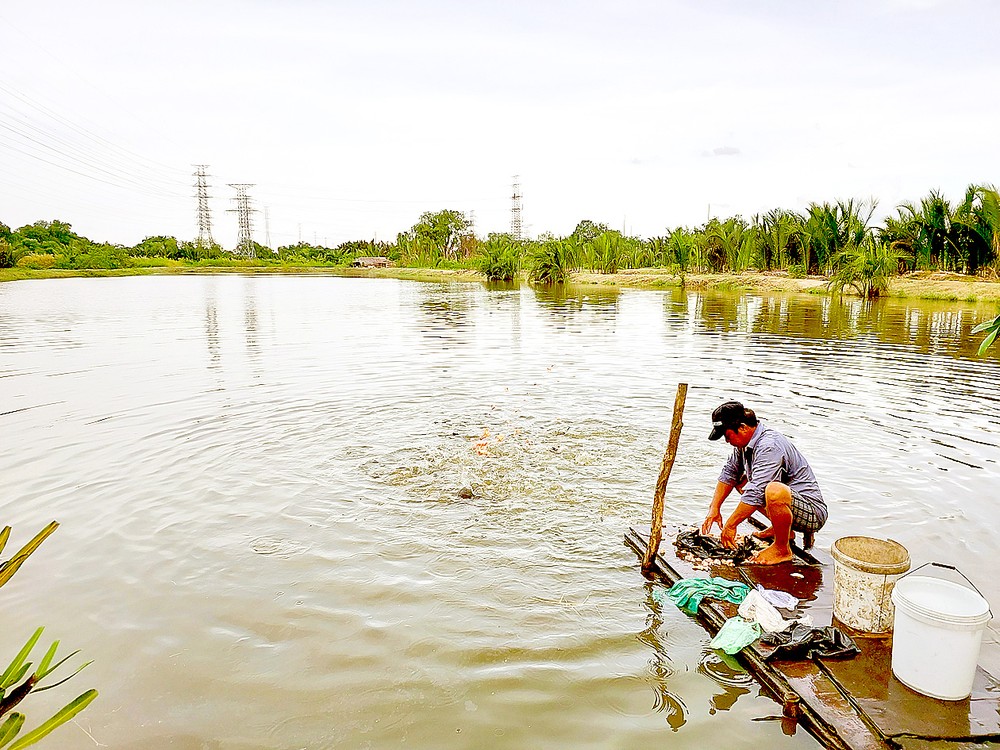
The comprehensive financial network particularly focuses on vulnerable groups, including the poor, low-income individuals, and small and micro enterprises
However, micro-lending activities of the comprehensive financial network approved by the Vietnamese Prime Minister face challenges in practice.
For instance, farmer Tu Phuc in Phong Phu Commune of Ho Chi Minh City’s Binh Chanh outlying district invested in raising catfish and carp in a nearly 3-hectare pond. Each batch of fish costs over VND20 million (US$787) excluding daily feed expenses of more than VND1 million; hence, he really needed capital.
Two years ago, he borrowed VND50 million from the Social Policy Bank, which provides employment-related funding, at an interest rate of 0.65 percent per month for a 5-year term to expand his fish farming operation.
Many other farmers like Mr. Tu Phuc require modest capital for their investments. Besides the Social Policy Bank, micro-finance organizations provide to low-income individuals or groups who otherwise would have no other access to financial services.
The Center for Employment and Poverty Reduction(CEP), a non-profit organization founded by the Ho Chi Minh City Labor Federation, provides capital to over 340,140 households, including union members, workers, and low-income laborers. Through its network of 36 branches in Ho Chi Minh City and 9 provinces, the CEP provides loans totaling over VND5,837 billion. Importantly, the CEP offers low-interest loans without any additional fees, including insurance fees for borrowers.
According to experts, timely loans that are suitable for poor and low-income individuals help borrowers secure the necessary funds and avoid falling into the trap of ‘black credit’ which is widely advertised on social media, flyers, electric poles, and through text messages sent to individual phone numbers.
According to Deputy Governor Dao Minh Tu of the State Bank of Vietnam (SBV), the National Financial Inclusion Strategy to 2025 with a vision to 2030 sets the goal of developing a system of micro-finance organizations, programs, and projects that operate safely and efficiently to serve the poor, low-income people, women, and micro-enterprises with diverse, flexible, and suitable financial products and services.
Currently, Vietnam has four micro-finance institutions and 79 micro-finance programs and projects that have been licensed by the SBV. However, the scale of operations of these micro-finance organizations, programs, and projects is still quite small compared to the potential for development and is facing many difficulties, such as limited capital growth due to the lack of incentives for all social resources to participate in micro-finance activities; and some regulations are not suitable for the actual situation, causing difficulties in operation and management.
Meanwhile, a leader of CEP has stated that the draft circular replacing Circular 03/2018, which regulates documentation, licensing procedures, organization, and operations of micro-finance institutions, defines micro-finance clients as individuals with low incomes, which does not align with the current reality. Consequently, many union members and laborers who currently borrow from the CEP are not listed in the eligible category for accessing micro-finance institution funds, affecting the capital needs of union members and workers.
Notably, according to the CEP, the maximum loan limit of VND50 million for micro-finance clients, as stipulated by the State Bank of Vietnam (SBV), does not adequately meet customer demands. The Social Policy Bank currently offers a maximum loan limit of VND100 million for the same customer segment. As a result, customers may need to seek additional loans from other organizations or individuals, leading to risks in the micro-finance institution’s operations and exposing borrowers to higher interest rates.
Therefore, the CEP recommends that the SBV promptly study and issue regulations for micro-finance institution lending, aiming to simplify procedures and allow customers to access credit for daily living and consumption needs, thereby contributing to curbing ‘loan sharks’.
Former Head Nguyen Duc Kien of the Prime Minister's Economic Advisory Group also observed that Vietnam currently has over 5 million individual businesses and nearly 800,000 small and micro-enterprises that are facing difficulties in accessing financial services; thus, a solid legal framework should be instituted to allow new entities such as fintech companies to participate in providing financial services. However, the decree on the controlled experimental mechanism for fintech activities in the banking sector has been submitted to the Government by the State Bank of Vietnam since 2021, and there have been up to seven draft versions, but it has yet to be promulgated.
Consumer Credit for Workers Faces Implementation Delays
The Vietnam General Confederation of Labor, in collaboration with the State Bank of Vietnam (SBV) and two finance companies, HD Saison and FE Credit, launched a VND 20,000 billion loan package (VND 10,000 billion each) with preferential interest rates for workers in October 2022. This was the first consumer credit package specifically designed for workers in the form of unsecured loans.
After nearly two years of implementation, the Vietnam General Confederation of Labor reported that, as of March 2024, 43 provincial and city labor federations had implemented cooperation agreements with HD Saison and FE Credit, supporting 735,000 workers to access preferential loans with a total value of over VND 11,500 billion. Labor federations in provinces and cities stated that the slow disbursement of the credit package was due to many reasons, including workers' concerns about the interest rate of 15-25 percent per year - although preferential compared to the market, it was still high compared to workers' repayment capacity.





